This photography post contains history of Crete, and photography of the residential part of the old town of Chania.
On the 15th day, I ventured into the western, less touristic part of the Old Town of Chania. It is more of a residential area than a tourist attraction. On the next day, we took a hop-on-hop-off bus tour of the city, including some of the new areas. I can say that the residential part of the old town is more run-down than most of the city.

This is one entrance of the market. The market is a cross-shaped building modeled after the market of Marseille, France. There are many really nice cafeterias and shops inside. It was closed at the time I walked past it.
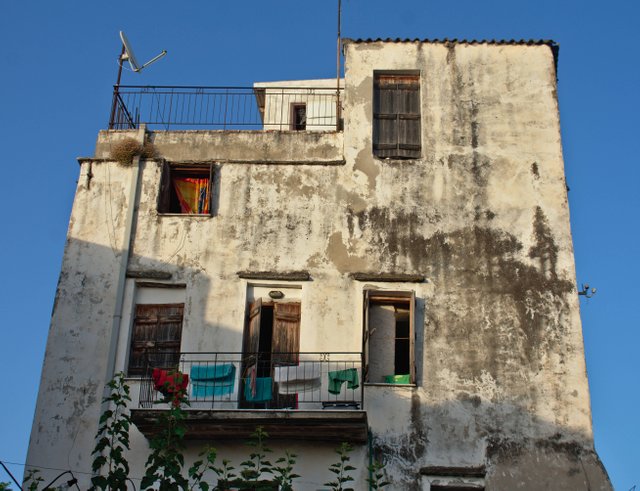
A residential building next to the market
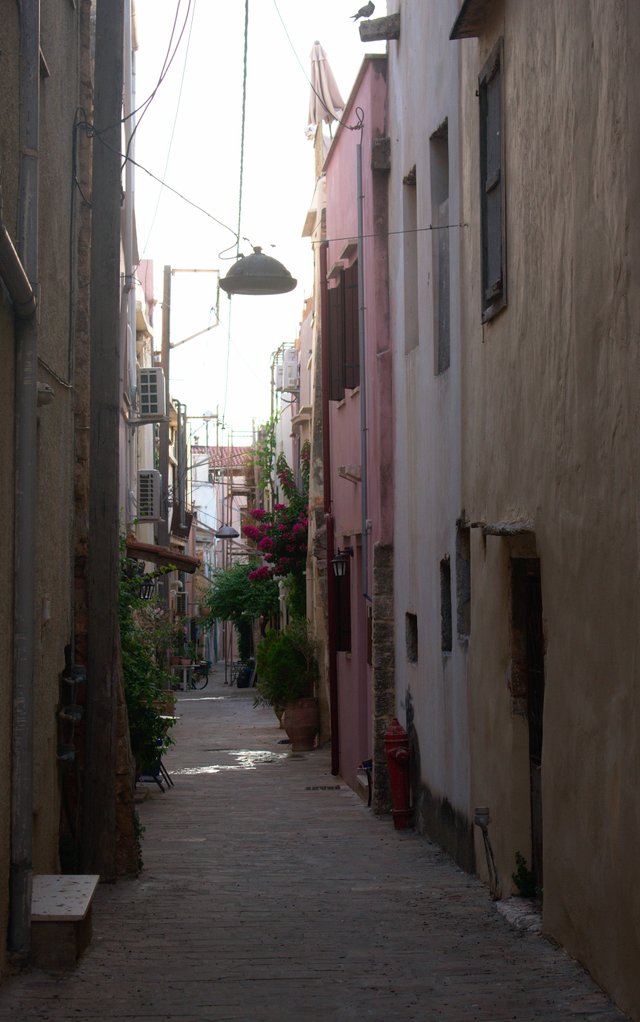
A typical narrow street a few hundred meters to the east of the market
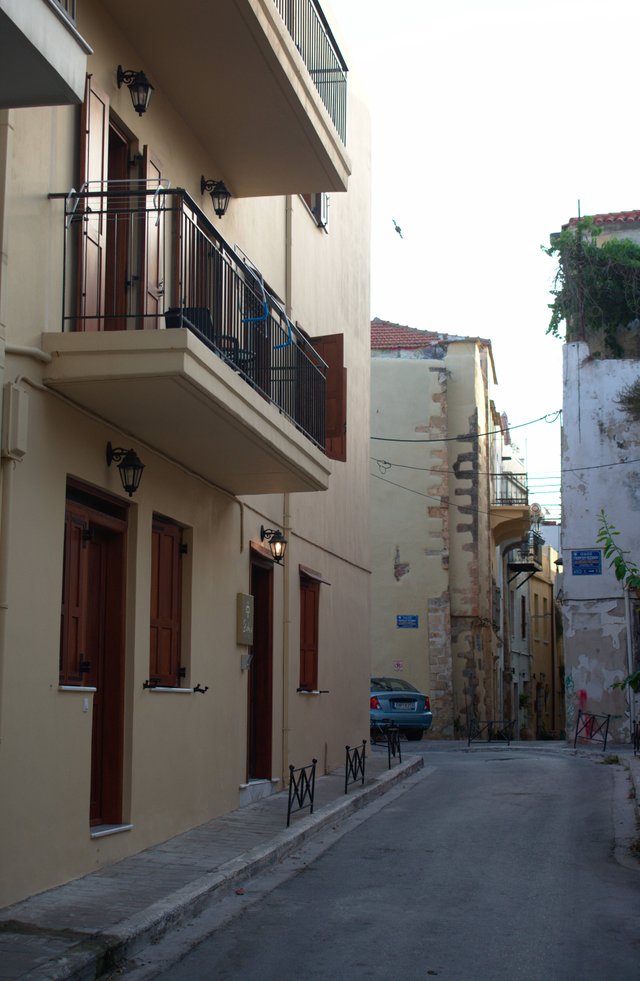
The streets were barely wide enough for cars. There were no mirrors attached to any of the walls, which means that both as a driver and particularly as a pedestrian caution was in order.
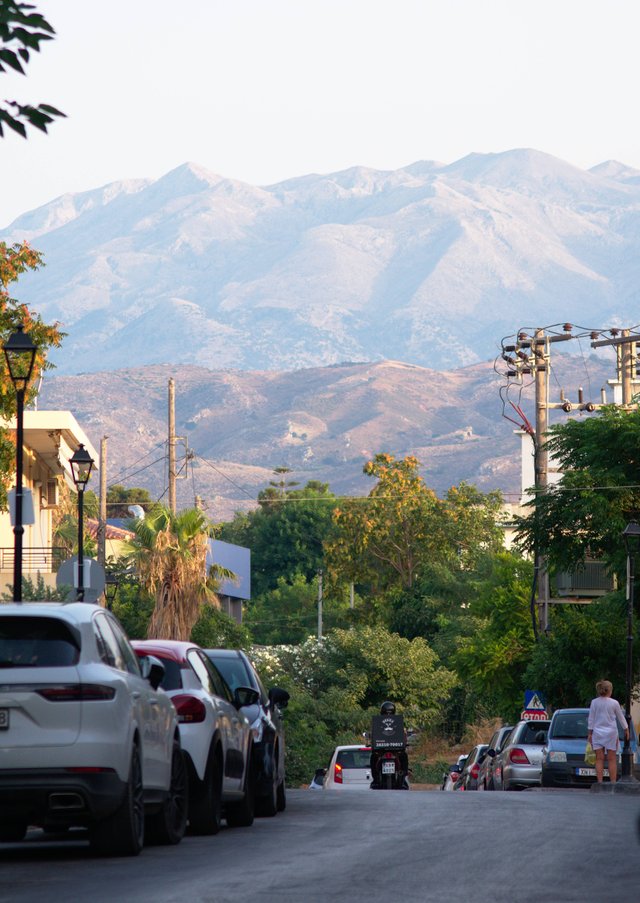
A view of the White Mountains in the backdrop. The highest peak is 2454 meters above sea level. They are much closer to the shoreline on the southern side of the island. That side is much more sparsely settled and it would be difficult to drive around the island on the southern shore because the roads are quite bad. There is a a ferry service that connects the major towns, all of which are quite small, in the middle of the south shore. The mountains are called White Mountains because they are snow-capped in the winter. I heard from our guide that the mountain tops had snow on them until June this year! It was about 25 C on the coast on most days last month but the mountain tops had snow on them, which was unusual.
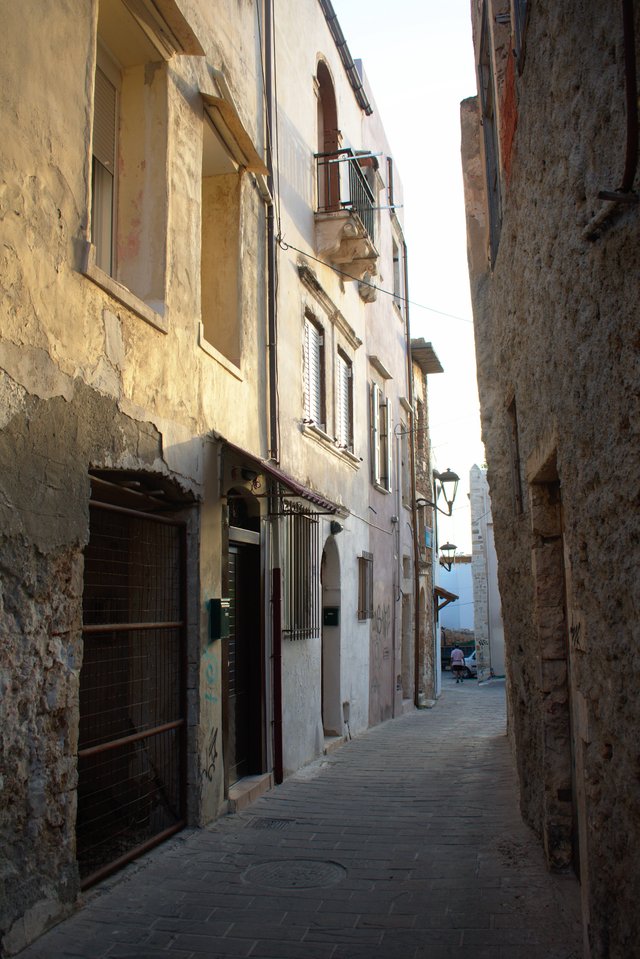
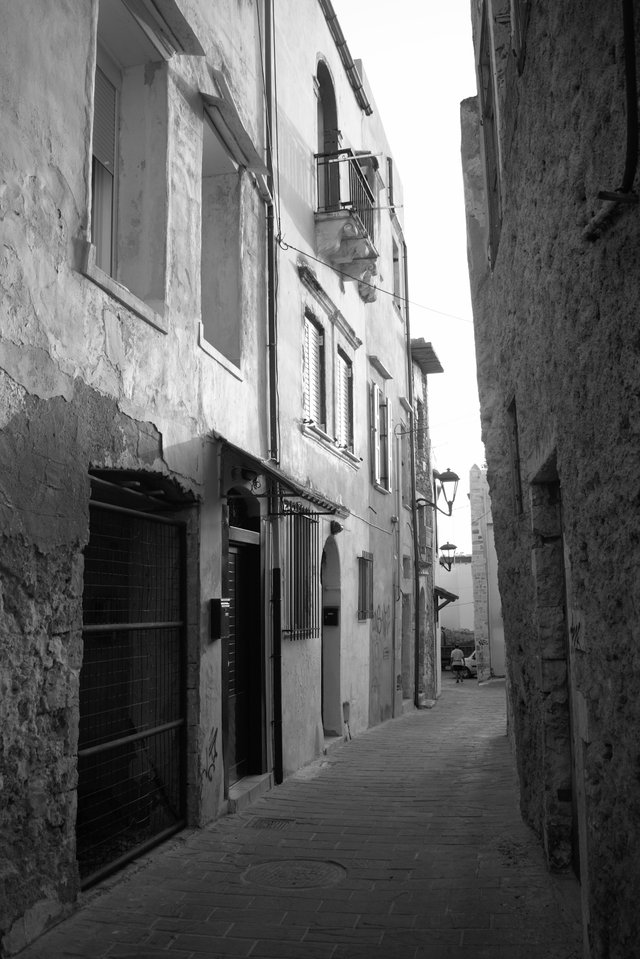
This part of the city was quite poor looking but there was no sense of danger anywhere at any time.
I returned to the port to catch the sunset. Pictures below:
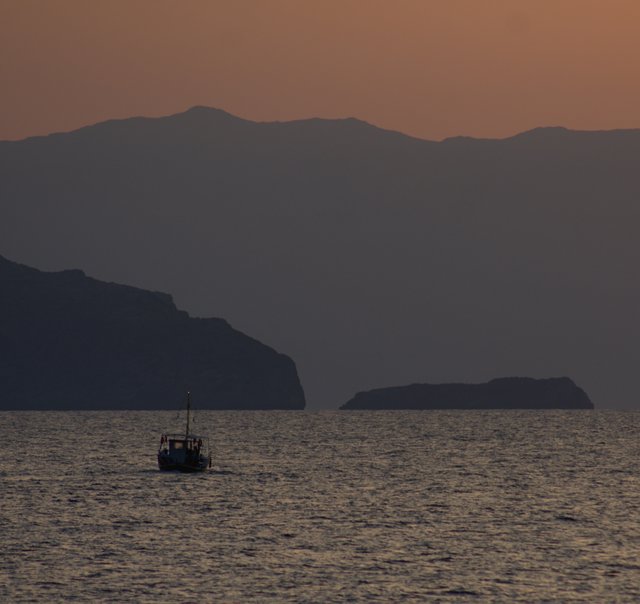
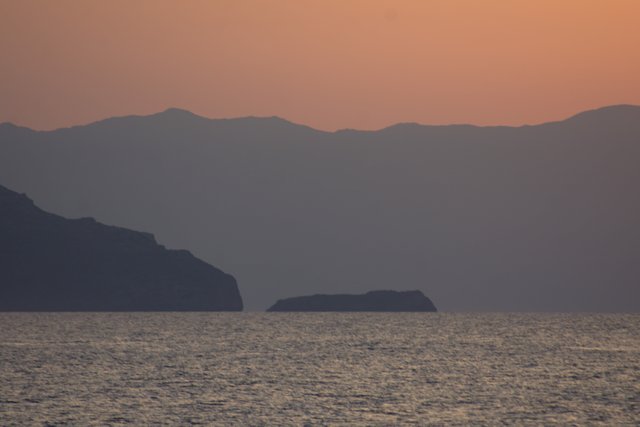
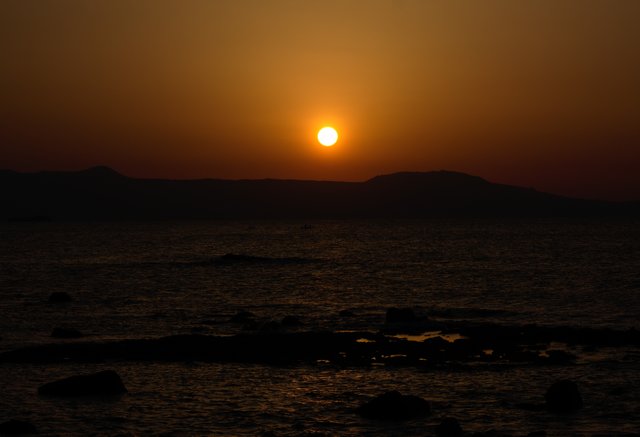
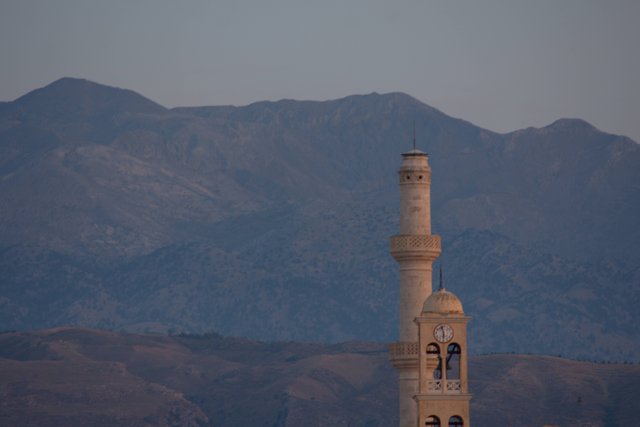
The minaret was added to the church during the Ottoman period (1646-1899) when the church was being used as a mosque. One thing the Mongols had going for them was the fact that they did not infringe upon anybody's religious freedom. They were content to collect taxes and sometimes impress the men of the conquered people's to serve as expendable foot soldiers in their army but they permitted complete cultural and religious freedom. Not so with the Turkish. Islam dictates that Christians and Jews in conquered lands be allowed to practice their religion but the building of new churches and synagogues are banned as well as the repairing of existing ones. Taxes are collected in a humiliating manner from the conquered infidel peoples. Other than the "people of the book" i.e. Christians and Jews are to be forcibly converted into Islam on the pain of death. Particularly towards the end of the Ottoman period, they were forced to give concessions to the conquered peoples. At the very end, Crete had special status under the protection of several European great powers and the Ottoman empire. In 1913, it became part of Greece that had been independent since the mid-19th century thanks to the efforts of Elefterios Venizelos who later served as the prime minister of Greece until the late 1930s.
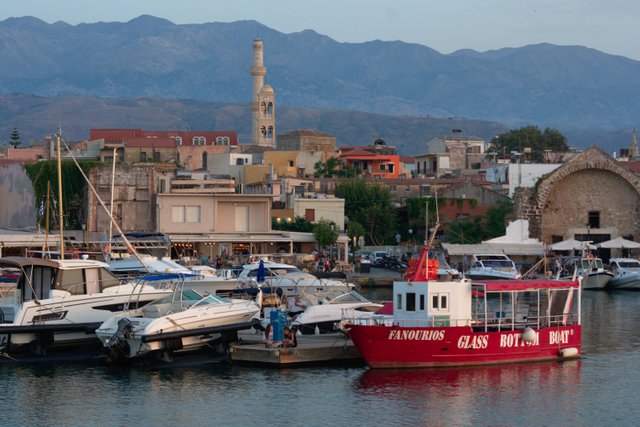
The Old Port is being used as a boat harbour these days.
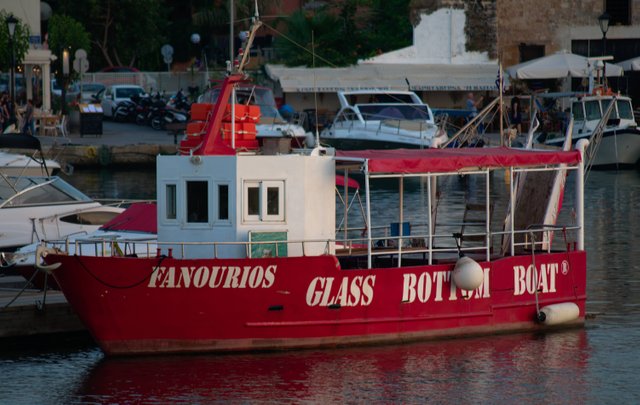
We went on a cruise aboard one such glass bottom boat on another day. It was interesting to observe the sea bottom and the fish there.
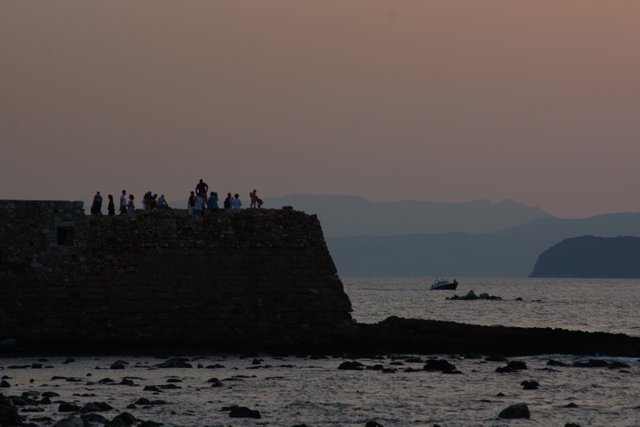
Tourists on the wall next to the lighthouse